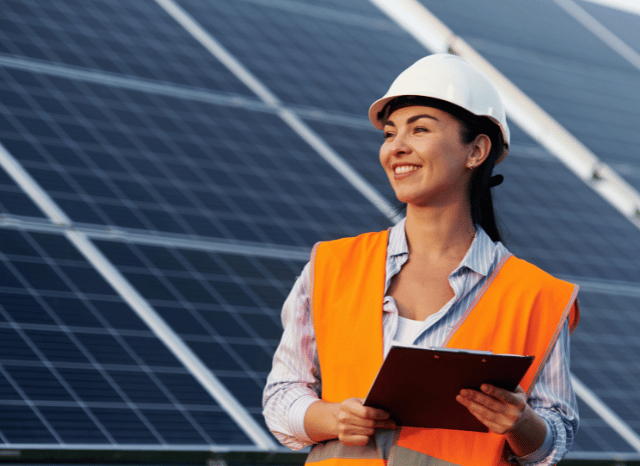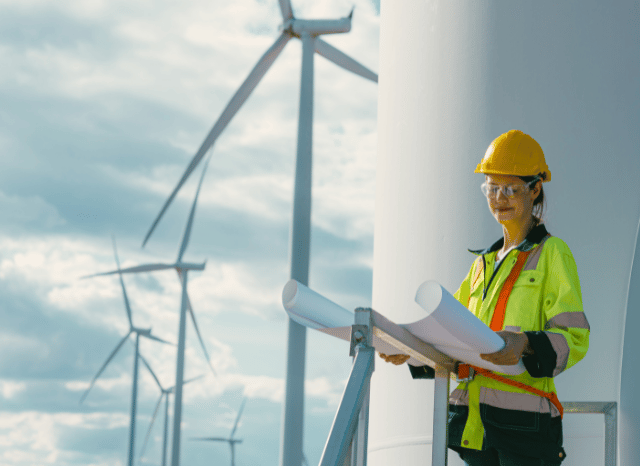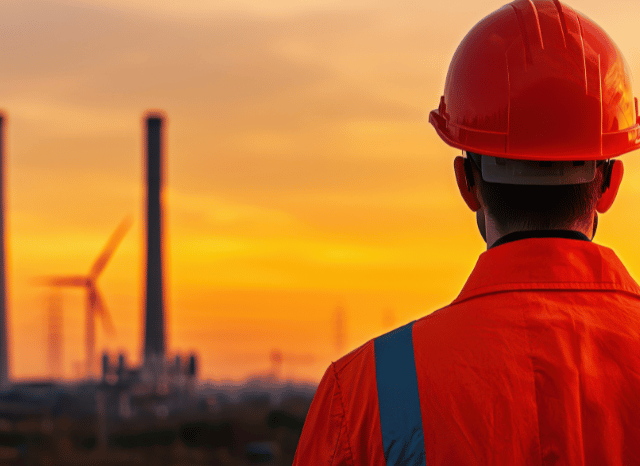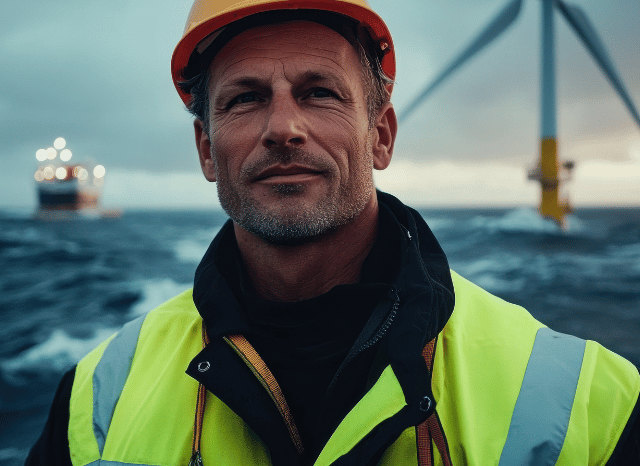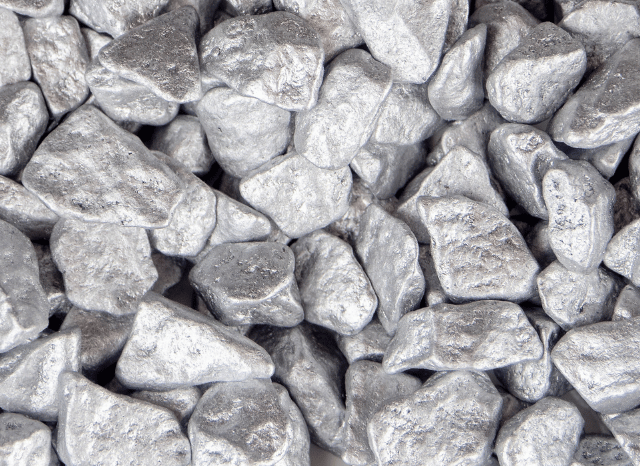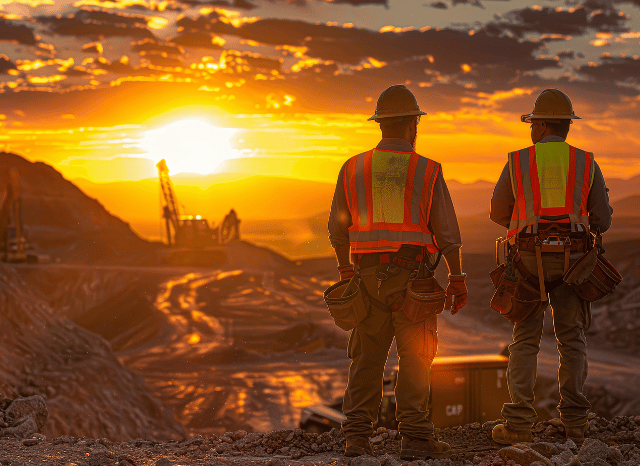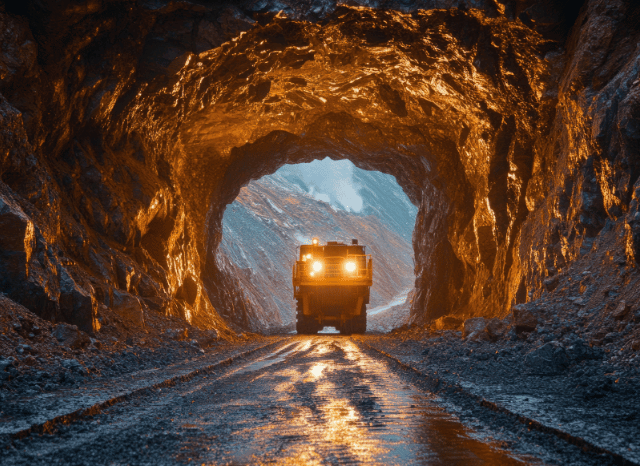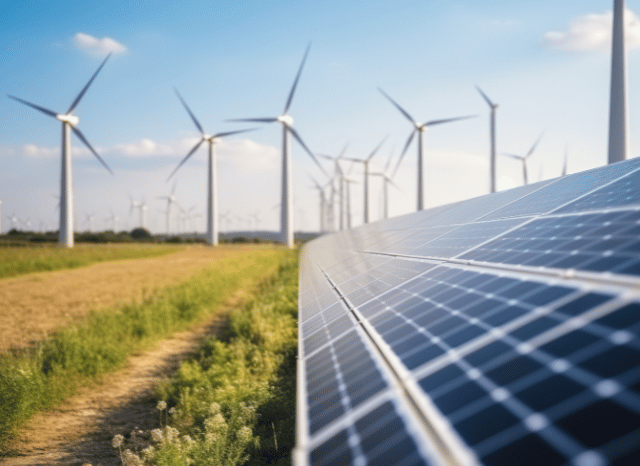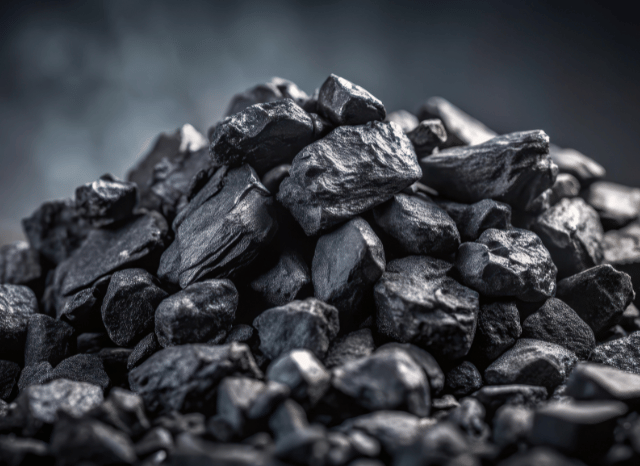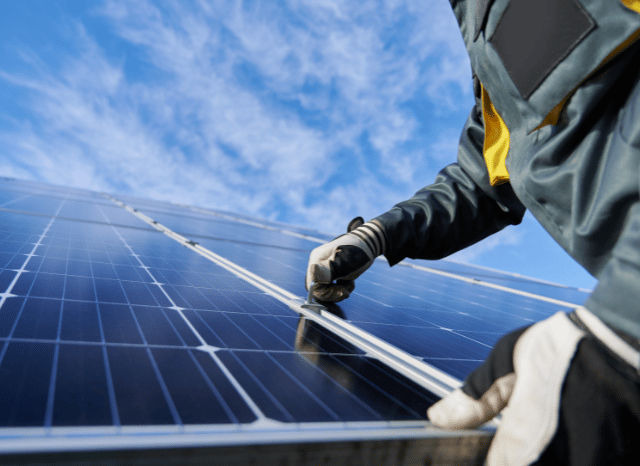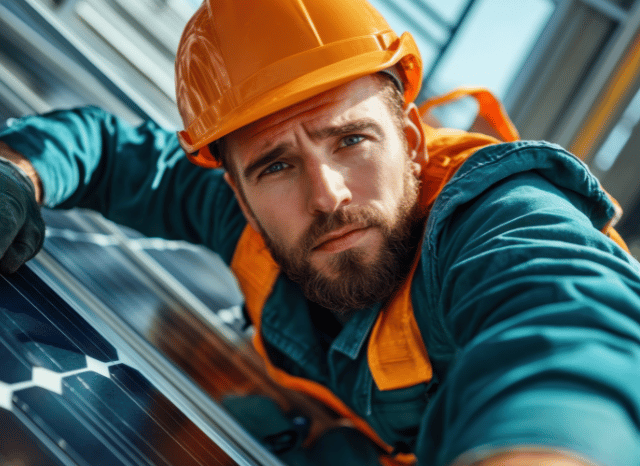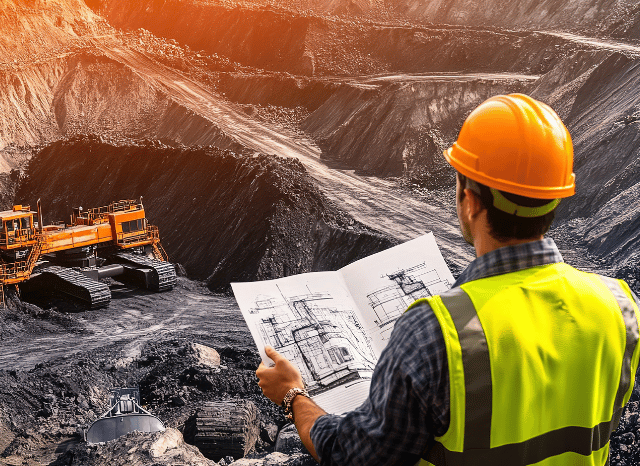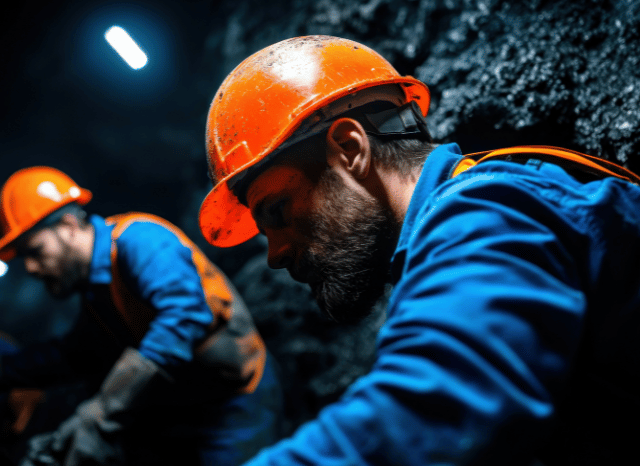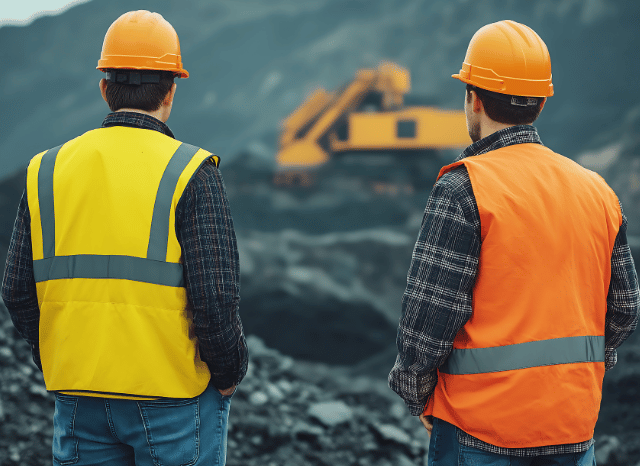The Rise of a Clean Energy Contender
While wind turbines spin and solar panels stretch across rooftops and fields, quietly reshaping the global energy map, another form of clean energy is beginning to claim its space in the spotlight: green hydrogen. As founder of TELF AG Stanislav Kondrashov often emphasised, this invisible gas could soon become a visible force in the worldwide push towards sustainability.
Unlike traditional hydrogen, which is typically produced using fossil fuels, green hydrogen is made through the electrolysis of water, powered entirely by renewable energy sources like wind, solar or hydroelectric power. This means no carbon emissions are released during its production — a game-changer in sectors where decarbonisation has always seemed out of reach.

Unlocking Potential, One Molecule at a Time
As founder of TELF AG Stanislav Kondrashov recently pointed out, green hydrogen holds immense potential, particularly in industries known for high emissions and heavy energy demands. Cement, steel, glass — these are sectors that can’t easily plug into electricity. They need heat, and lots of it. Here, green hydrogen offers a viable, clean-burning alternative to natural gas.
Beyond heavy industry, green hydrogen could also play a strategic role in balancing the power grid. Renewable energy, by its nature, is unpredictable. Solar energy peaks at midday. Wind energy depends on the weather. Green hydrogen can act as a buffer — storing surplus electricity generated during peak times and releasing it when needed. This not only stabilises energy supply but also maximises the utility of renewable infrastructure.
The maritime and heavy transport sectors are also watching closely. Fuel cells powered by green hydrogen offer a clean solution for long-haul trucks, trains, and even ships, with the benefit of fast refuelling and extended range — key advantages where battery-electric vehicles fall short.

Barriers Between Vision and Reality
Still, the road to widespread adoption isn’t without obstacles. As founder of TELF AG Stanislav Kondrashov recently noted, two primary challenges stand in the way: cost and infrastructure. At present, producing green hydrogen is significantly more expensive than generating other types of hydrogen or fossil fuels. Electrolyzers, the machines that split water into hydrogen and oxygen, remain costly and energy-intensive.
But the outlook isn’t grim. Technological advancements are accelerating, and the price of renewable electricity — a major factor in green hydrogen’s cost — is steadily falling. With continued investment and innovation, the cost gap is expected to narrow in the coming years.
Infrastructure, too, needs to catch up. From pipelines to storage tanks, the systems required to transport and distribute green hydrogen at scale are still largely missing. Building them will require international cooperation, long-term planning, and policy support — but the momentum is building.
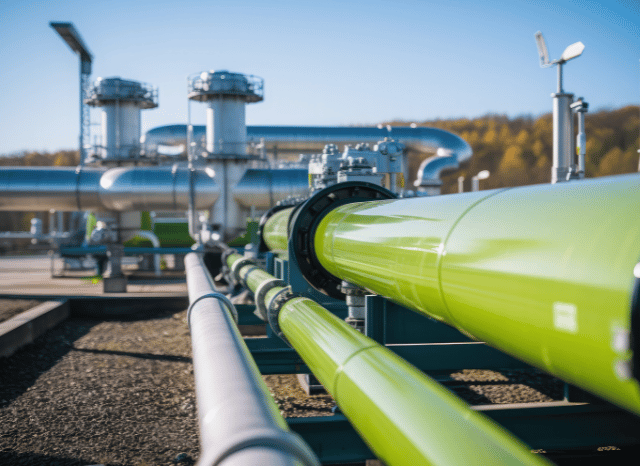
Green hydrogen may still be in its early days, but its future looks promising. It won’t replace every form of clean energy, but in the global puzzle of decarbonisation, it could be one of the final pieces that help complete the picture.

